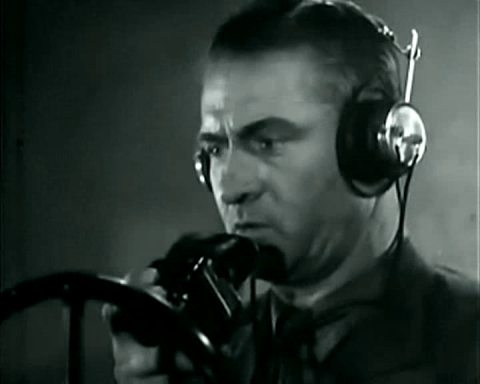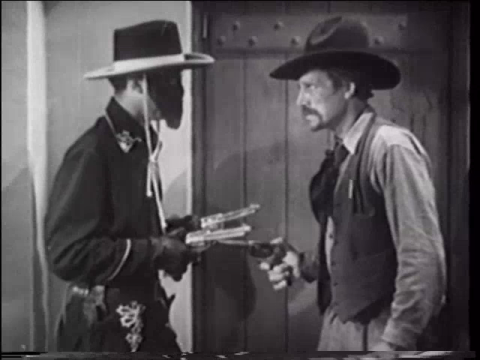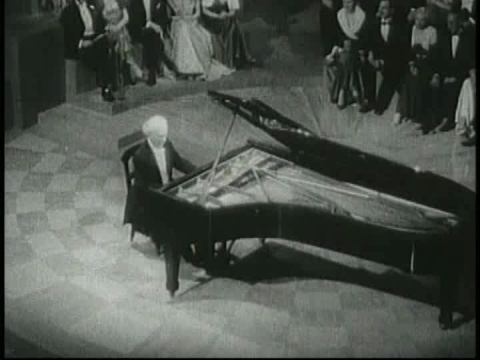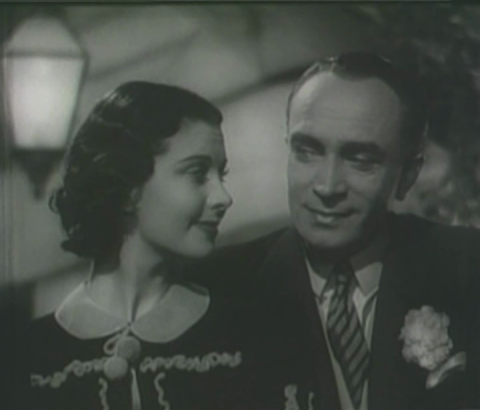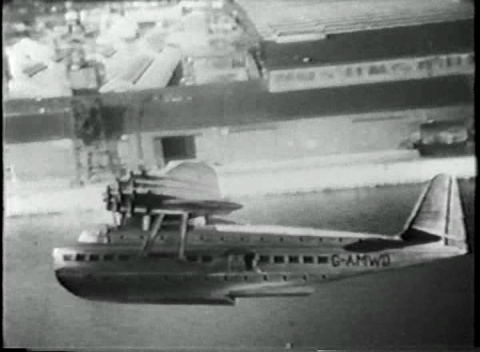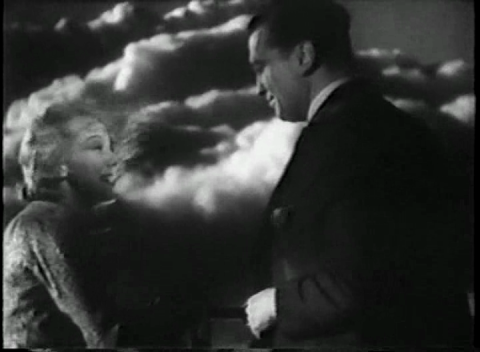It seems to me that there is often something special about films set during the period of king Louis XIII (with Cardinal Richelieu in the head of government). I guess it is the gilt from The Three Musketeers, with all of its nice adaptations, that rubs off a bit. One such film that can be found at the Internet Archive is Under the Red Robe.
This romantic adventure finds the swordsman Gil de Berault in trouble. He is in danger of being executed for duelling, but the sly Cardinal Richelieu gives him an opportunity for pardon if he can find and capture a rebellious protestant. de Berault eagerly sets off to do the task, but as the plot progresses, he is about to find obstacles he had not anticipated.
The director of this typical genre piece was Victor Sjöström (sometimes called “Victor Seastrom” in Hollywood, as also in this British production). Sjöström started making film in Sweden, where he directed simple melodramas in the early 1910s. He quickly moved to more advanced topics, and made several timeless classics, such as The Outlaw and His Wife (1918) and The Phantom Carriage (1921). Sjöström was recruited to Hollywood, where he also made several very good silents, but in the early 1930s, he moved back to Europe. He still acted and produced films, but for some reason he directed very few of his own in the sound era. Under the Red Robe, his last film, is nowhere near as groundbreaking as some of his classic works, but it is a nice piece of craftsmanship.
Unfortunately, the copy at the Internet Archive is pretty blurry in places, and contrast is poor overall. I know of no better online version, however.
This film is best enjoyed if you are a fan of either Conrad Veidt (de Berault) or Raymond Massey (Richelieu). Both are very good, even though I think Massey (always an enjoyable and dedicated actor) perhaps overacts a bit at times. The female lead, Annabella, is given first billing in the credits, but even though she is also good as the sister of the religious rebel, she is mostly forgotten nowadays.
Under the Red Robe
Download link
Year: 1937
Running time: 1 h 22 min
Director: Victor Sjöström
Stars: Conrad Veidt, Annabella
Image quality: Acceptabe
Resolution: Medium (640×480)
Sound quality: Acceptable
Best file format: DivX (577 M)




